
NTU sensor
Aqualabo's NTU optical turbidity probe measurement principle is based on the 90° infrared light-scattering nephelometry. A wide range of 0 to 4000 NTU, ensures accuracy in diverse water quality applications.
Learn moreDiscover our range of digital sensors suitable for various water quality monitoring applications. Our sturdy, smart and energy-efficient probes are ideal for monitoring natural, surface or underground water, purification processes, drinking water tests and aquaculture/fish farms.
With more than 75 years of experience, our expertise covers more than 20 different parameters including pH, conductivity, salinity, dissolved oxygen, turbidity, suspended solids, etc. We provide various types of sensors adapted to each use depending on the application and accuracy requirements.
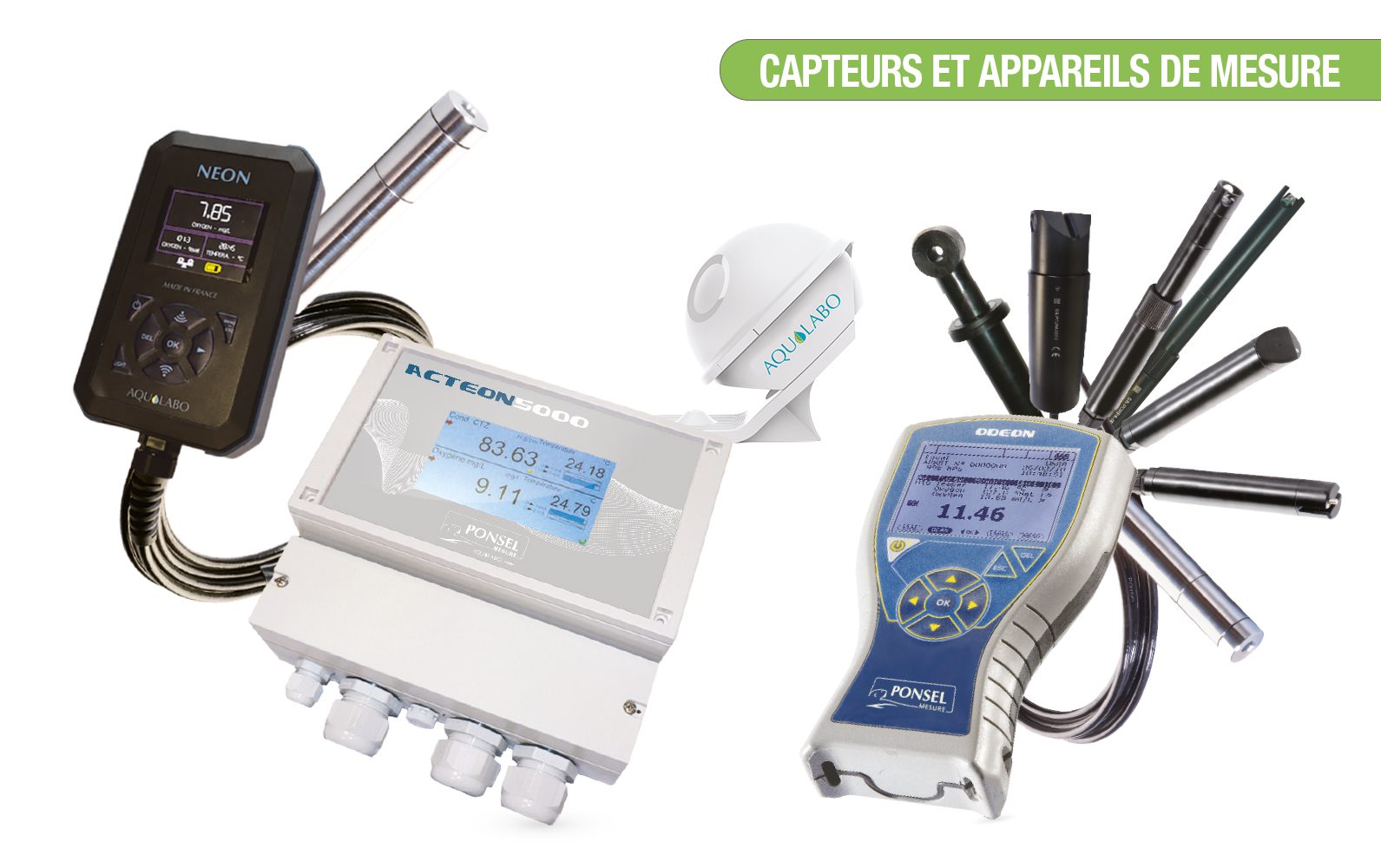
Discover our precise turbidity measurement devices, suitable for narrow to wide ranges.

Aqualabo's NTU optical turbidity probe measurement principle is based on the 90° infrared light-scattering nephelometry. A wide range of 0 to 4000 NTU, ensures accuracy in diverse water quality applications.
Learn more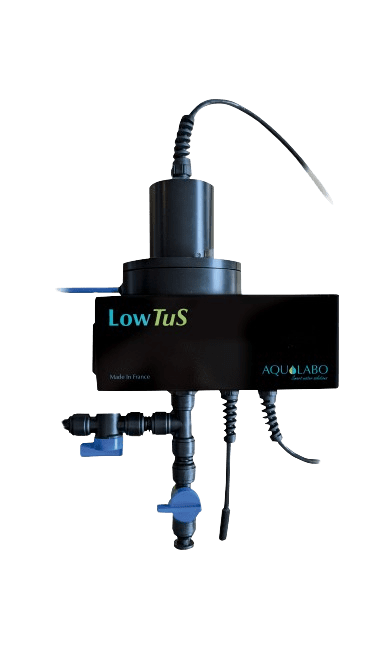
Aqualabo's LowTuS turbidity probe employs an ISO 7027 compliant nephelometric method, ensuring precise turbidity measurements from 0 to 100 NTU. Its unique self-cleaning mechanism guarantees sustained accuracy in time.
Learn moreExplore our range of dissolved oxygen sensors for all your applications
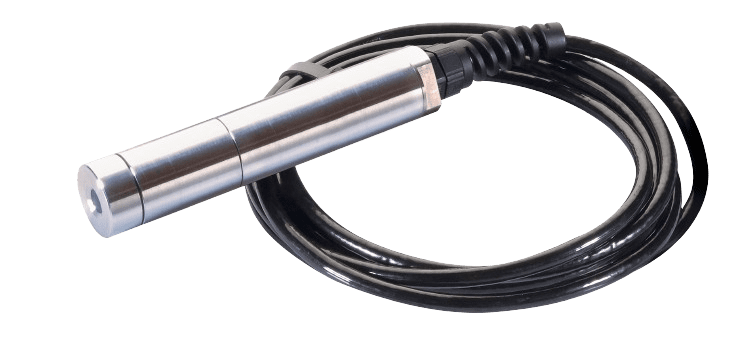
The OPTOD sensor employs luminescent optical technology, adhering to both ASTM and ISO standards. With stainless steel or titanium bodies, it offers precise dissolved oxygen measurement in many applications.
Learn more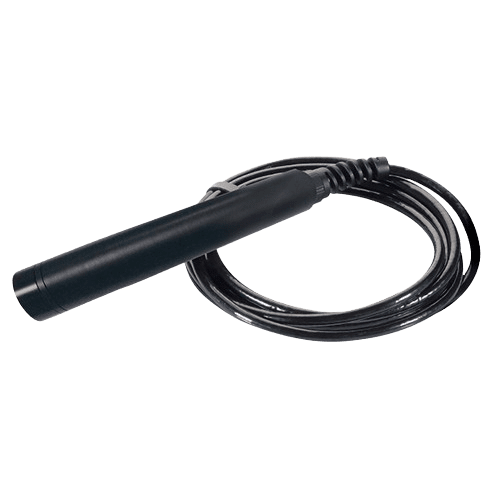
Our DO measurement OPTOD PLASTIC features our high-end luminescent optical technology, offers two different strainers to choose from and an optional antifouling solution. It's a cost-effective solution for aquaculture applications.
Learn moreConductivity sensors for the worst type of clogging/fouling conditions
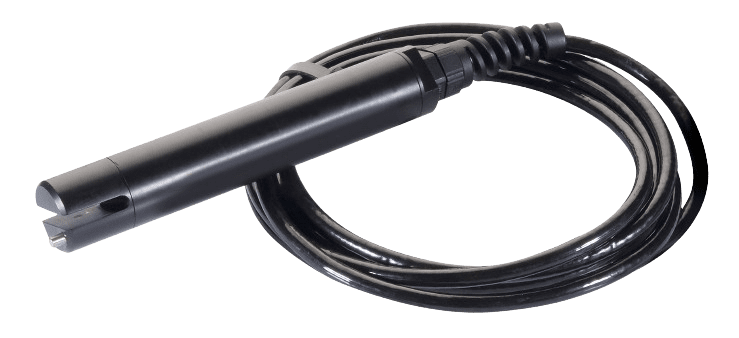
The C4E sensor features a 4-electrode system with alternating current and constant voltage. Its technology ensures accurate conductivity and salinity readings in most water applications, even in challenging conditions.
Learn more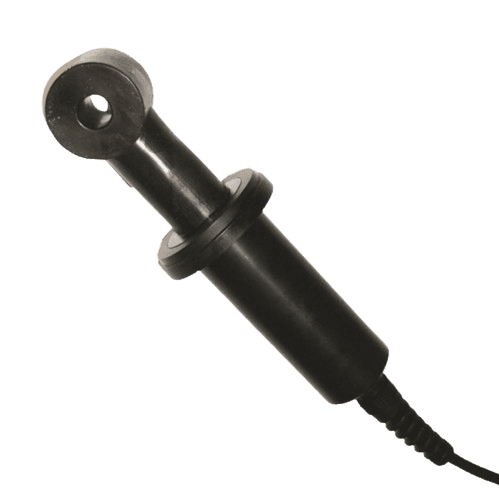
The CTZN sensor uses an inductive method with ring-type coils, providing low maintenance and consumable-free technology. Its measurement technology ensures stable and accurate conductivity and salinity readings in demanding environments.
Learn moreDiscover our range of high-performance pH sensors
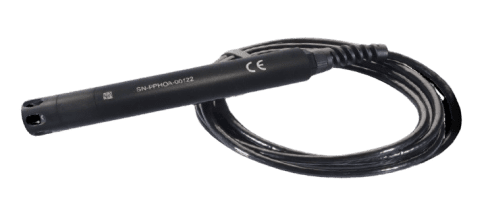
The PHEHT cutting-edge sensor excels in measuring pH, ORP, and temperature parameters. Engineered for challenging conditions, it boasts a long-life electrode, digital technology, and Modbus RS485 protocol for seamless integration.
Learn more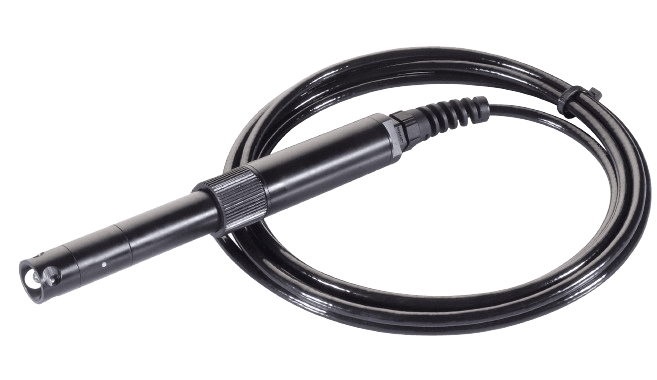
The PHEHT cutting-edge sensor excels in measuring pH, ORP, and temperature parameters. Engineered for challenging conditions, it boasts a long-life electrode, digital technology, and Modbus RS485 protocol for seamless integration.
Learn moreIn-situ ORP measurements
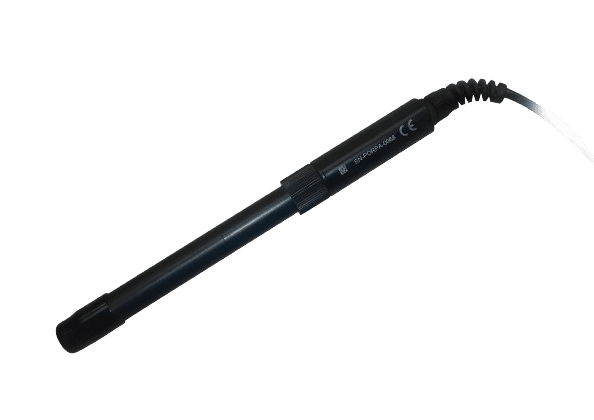
The EHAN sensor's replaceable Plastogel® electrode, wide titanium ring and digital communication make it the best option for reliable and durable ORP measurement for process control in demanding applications.
Learn moreExplore our range of suspended solids sensors calibrated to your effluents
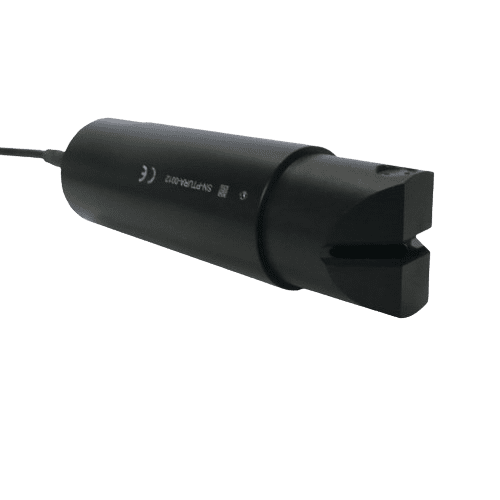
The cutting-edge MES5 probe for total suspended solids and turbidity measurement in water, is engineered with advanced optical infrared absorptiometry technology, ensuring accuracy and reliability in numerous water treatment applications.
Learn moreFor reliable detection of sludge levels in works
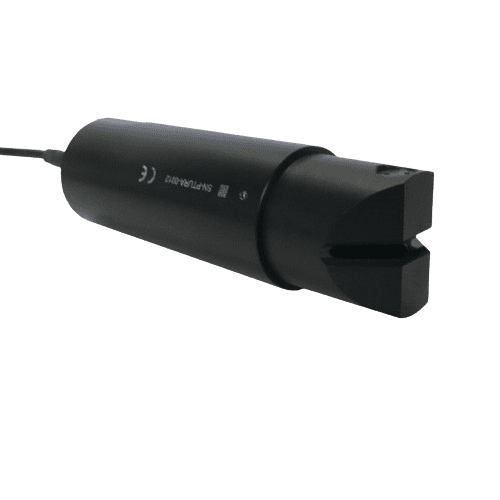
The VB5 digital probe helps you to manage your sludge process easily. Suitable for portable and online applications, this optical sensor gives you the insight you need in a snap.
Learn moreDiscover our wide range of multi-parameter probes
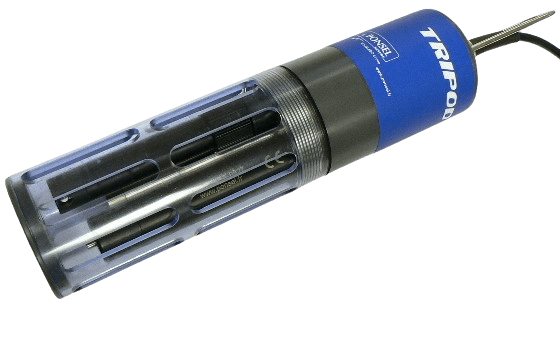
Discover the state-of-the-art solution for online or portable water quality monitoring with Aqualabo's Tripod digital multi-parameter probe. The Tripod is an advanced platform designed to measure several physico-chemical parameters simultaneously. Customize your equipment and select three desired sensors available to measure among the following parameters: pH, ORP, temperature, dissolved oxygen, turbidity, conductivity, salinity, and TDS.
Learn moreA water quality digital sensor is an electronic device that measures variables such as pH, conductivity and turbidity. Accurate, real-time monitoring of water resources is achieved by converting data into digital signals, thus facilitating water quality assessment and management.
Salinity can be calculated from the electrical conductivity of water by means of the conductivity equation. The relationship between salinity and conductivity depends on various factors, such as temperature. AQUALABO conductivity probes incorporate these formulas to provide accurate salinity measurements.
An energy-efficient sensor has significant advantages such as long service life, reduced operational costs and suitability for remote installations. This feature also helps integrating into stand-alone systems, minimizing environmental impact and ensuring greater reliability of measurements. In addition, these sensors are in line with using sources of renewable energy. In short, their energy efficiency offers sustainable, economical and reliable options for a variety of applications.
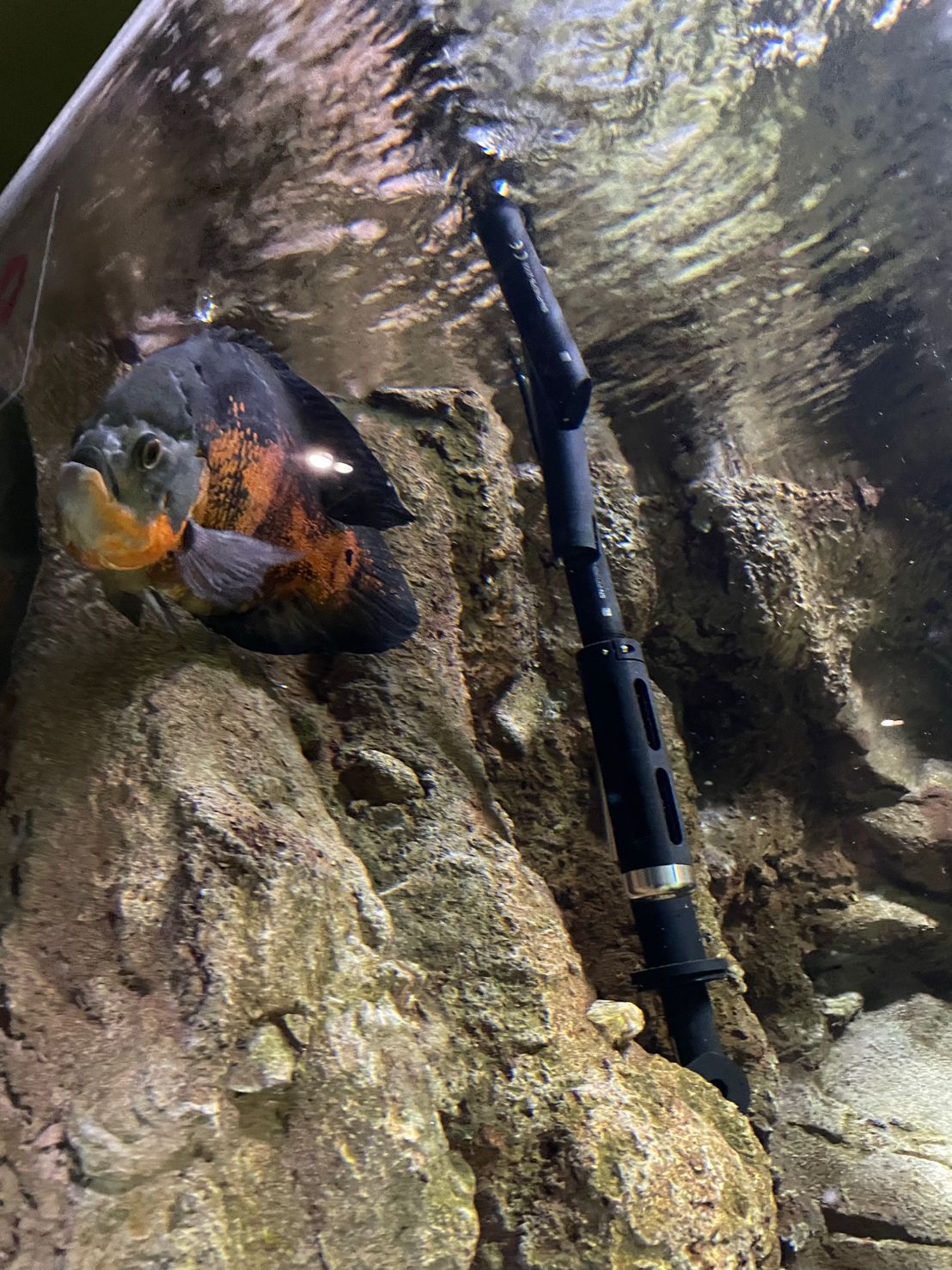
Regular maintenance of the pH sensor is essential to ensure its accuracy. Calibrate frequently with buffer solutions, store it in an appropriate AQUALABO-recommended soaking solution between uses. Gently clean after each measurement with suitable cleaning solutions, avoid corrosive substances, avoid cross contamination, and handle gently. These practices ensure a long useful life as well as accurate measurements. Furthermore, comply with the specific needs of the sensor to optimize its performance over time.
To calibrate a water quality sensor, prepare known-value buffer solutions. Immerse the probe in a buffer solution and adjust the sensor according to the reading obtained. Repeat with different buffer solutions for multipoint calibration if required, covering the expected measurement range in water. This process ensures accurate measurement of the monitored variable, which is crucial to ensuring water quality in various situations such as treatment plants, laboratories or environmental monitoring systems. Repeat the calibration regularly for reliable results.
Optimized sensor installation ensures reliable measurements, protects the device and ensures maximum service life. Place the sensor in the water flow, without touching the walls or bottom of the site. Our comprehensive range of sensor upkeep accessories helps in the context of extensive installations, whether natural water (rivers, lakes), open ponds, or even plastic or stainless steel pipes. This ensures optimum sensor performance in various aquatic environments.
Turbidity and SS (Suspended Solids) are related when assessing water quality. In general, an increase in turbidity relates to an increase in SS, indicating a higher concentration of suspended particles. However, the relationship may vary depending on the properties of the particles. Turbidity measures the scattering of light, while SS measures the total amount of particles, regardless of their size. These two parameters are often used together for a more comprehensive assessment of water quality.
Measuring oxygen levels in water is critical to assessing the health of aquatic ecosystems. It indicates the availability of oxygen essential to aquatic life. Inadequate levels may lead to the asphyxiation of aquatic organisms. This is measurement is vital in aquaculture, wastewater management and environmental studies. It prevents the deterioration of water quality, anticipates ecological problems and ensures the sustainability of aquatic ecosystems, thereby affecting human health and economic activities.
AQUALABO is a French manufacturer of instrumentation and chemical reagents for the control and analysis of water quality.